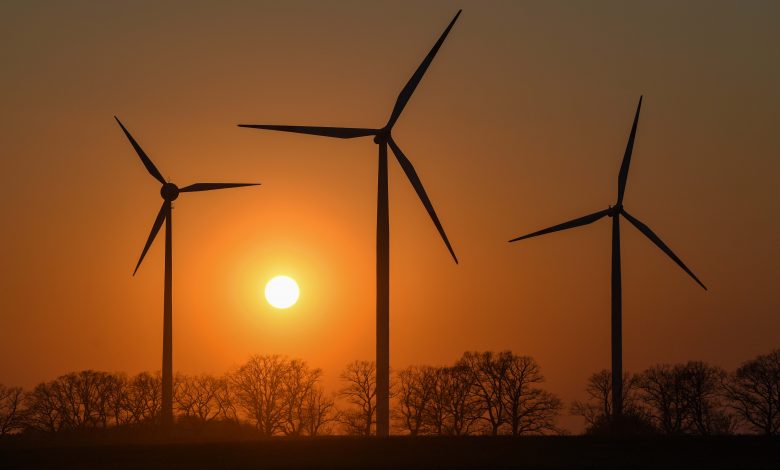Wind energy enjoyed bumper 2019, but the coronavirus poses a challenge

[ad_1]
Patrick Pleul | picture alliance | Getty Images
Wind power may have enjoyed a strong year in 2019, but the coronavirus pandemic is casting a shadow over the sector that could impact growth in the years ahead.
More than 60 gigawatts (GW) of wind energy capacity was installed last year, a 19% increase compared to 2018, according to a new report from the Global Wind Energy Council (GWEC).
Published Wednesday, the GWEC’s report found that 60.4 GW of capacity was installed in 2019, the second biggest year for additions. Total capacity now stands at more than 651 GW.
The GWEC said China, the U.S., U.K., India and Spain accounted for 70% of new capacity in 2019.
In the onshore sector, China and the U.S. continued to be the world’s leading markets, responsible for over 60% of new capacity last year. Elsewhere, the offshore wind sector installed 6.1 GW of capacity in 2019, its best year to date.
What does the coronavirus mean for wind energy?
While the figures for 2019 are a positive for the sector, the coronavirus pandemic could have a significant impact on things going forward.
On Tuesday, Dan Shreve, Wood Mackenzie’s head of global wind energy research, wrote that the coronavirus would see global wind additions for 2020 drop by 4.9 GW compared to previous projections.
“The state of the pandemic is evolving on an hourly basis, resulting in a highly reactionary environment,” Shreve said.
“Industry stakeholders are continually adapting business operations to balance worker safety with the needs of their clients, all while complying with dynamic government containment measures,” he added.
For its part, the GWEC said its forecast of continued growth across the next five years – more than 355 GW of additions – would “undoubtedly be impacted by the ongoing COVID-19 pandemic, due to disruptions to global supply chains and project execution in 2020.”
It was, however, “too soon to predict the extent” of the coronavirus’ impact on both energy markets and the wider global economy, the GWEC added.
Source link






